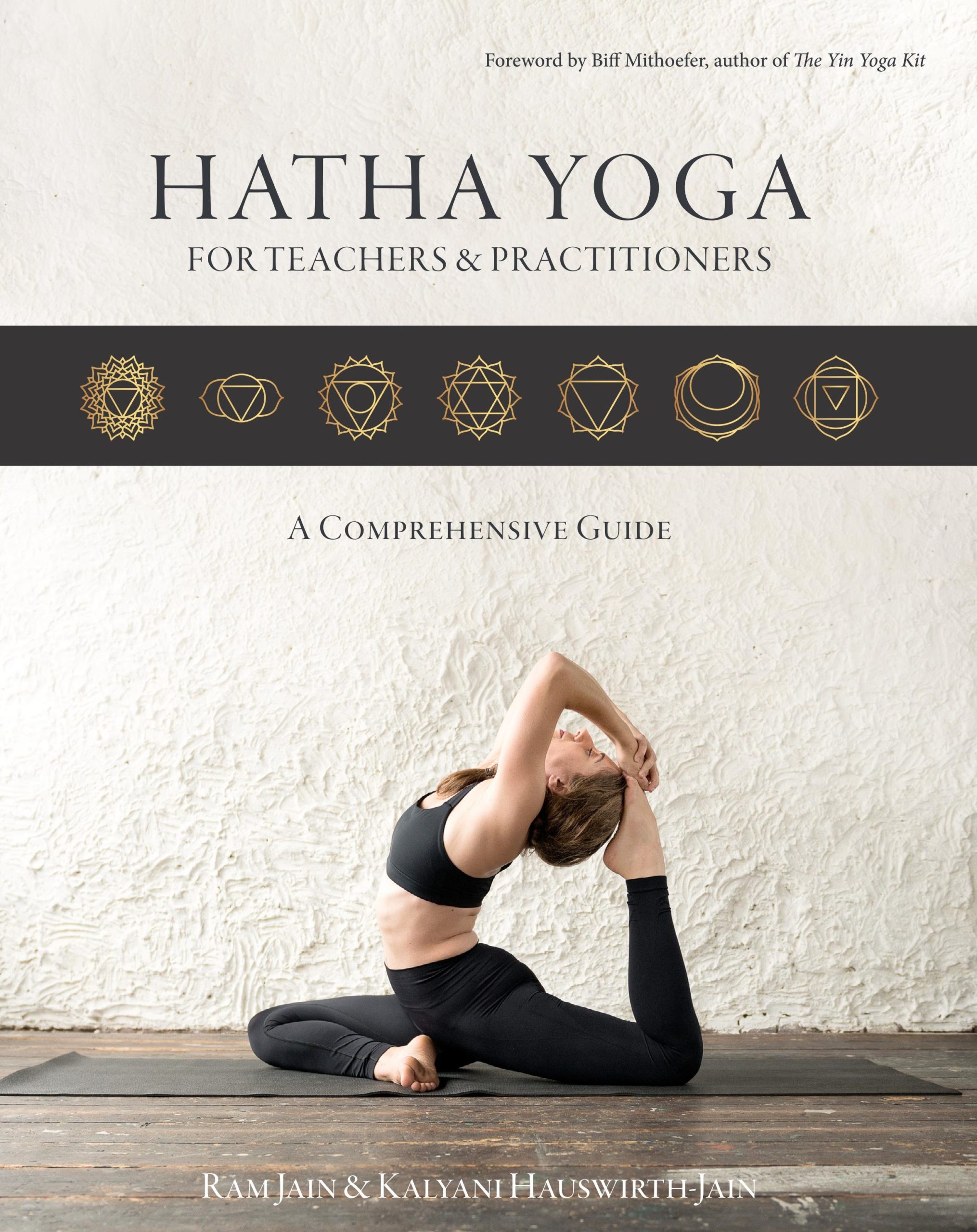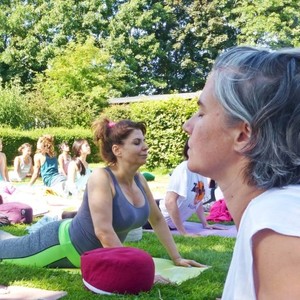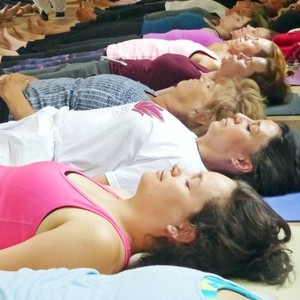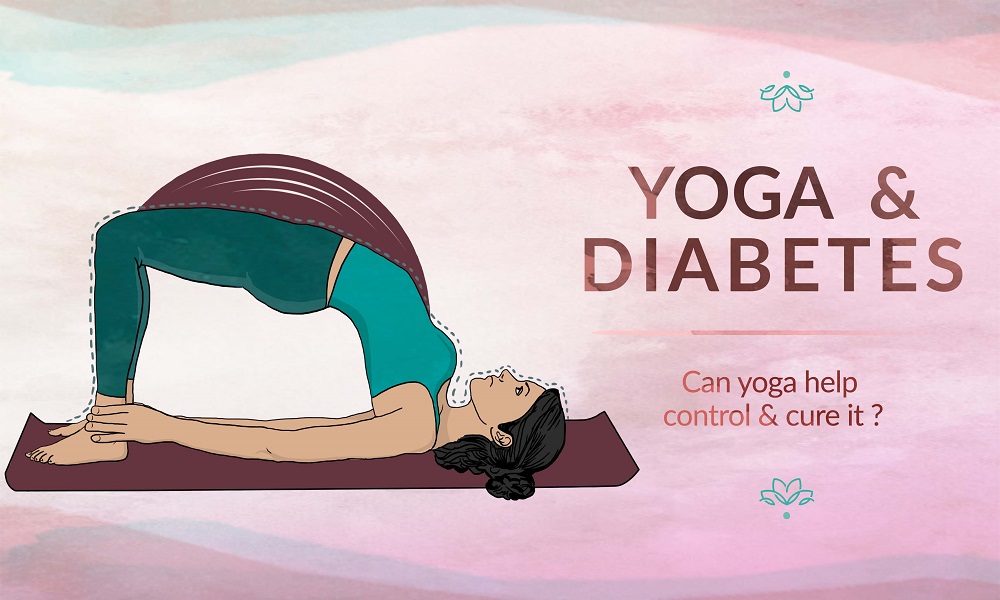Diabetes is a metabolic disorder that develops gradually and affects almost every bodily system. Type 1 and Type 2 diabetes are the most common kind of diabetes. Type 1 diabetes is an autoimmune disease that occurs in a small number of people and has little relation to lifestyle.
However, more than 90% of all diabetes patients have type 2 diabetes, which is majorly caused by a unhealthy and unbalanced lifestyle.
Diabetes is Preventable and Manageable Through Yoga
Two major and preventable causes of type 2 diabetes are
- lack of physical activity, and
- wrong dietary habits.
Over the years the wrong kind of lifestyle leads to increased insulin resistance, which finally leads to type 2 diabetes (T2D). T2D is characterized by insulin resistance, high blood glucose levels and high bad-cholesterol levels.
Poorly managed diabetes leads to numerous complications. Some of the most common complications of T2D are:
- neuropathy (damage, or dysfunction of one or more nerves);
- disease of large and small blood vessels;
- increased risk of stroke and heart attack;
- non-healing ulcers;
- kidney disease;
- retinopathy (disorders of the retina including some that cause blindness), and much more.

Diabetes results in increased illnesses and shortened lifespan
T2D can be prevented, but it cannot be cured. Luckily it can be well managed, as various diabetes prevention studies show. In fact, increased physical activity along with dietary correction can help control diabetes quite well in its early stages. Even more interesting is that specific lifestyle changes can often work better than medications, provided these lifestyle changes are started early on. It is the reason why some people are even able to partially reverse diabetes with these measures.
Benefits of Yoga for Diabetes Are Well-Proven by Medical Science
Yoga can also assist in preventing and managing certain disease conditions. Yogic exercises improve physical agility and strength, while breathing exercises (Pranayama) promote mental well-being. When practiced properly and under the supervision of an experienced teacher, yoga can help make biochemical changes in the body, improve hormone levels, reduce stress, enhance metabolic rate, instill discipline, all leading to the better outcomes with diabetes.
Yoga may help overcome obesity and improve metabolism
Obesity is one of the primary reasons for the rise of T2D, especially central obesity considerably increases the risk of diabetes. Further, certain ethnic groups like South Asians may develop diabetes at much lower BMI (body mass index) when compared to their European counterparts. Research shows that regular practice of Yoga asanas may have a beneficial effect on body weight, measures, postprandial blood glucose levels. In one of the studies [1], 30-60 years participants were considerably able to improve their blood glucose levels by practicing yoga for just 40 days. Regular yoga resulted in a decrease in waist-hip ratio, changes in insulin levels, improved utilization of glucose, and fat re-distributions, to name a few. Studies suggest that yoga can be regarded as add-on therapy in diabetes treatments.

Get a free copy of our Amazon bestselling book directly into your inbox!
Learn how to practice, modify and sequence 250+ yoga postures according to ancient Hatha Yoga principles.
Yoga stimulates the metabolism and reduces cholesterol
People of non-medical background wrongly think about diabetes as an isolated disorder of glucose metabolism. In diabetes, the metabolism of all nutrients is altered. Along with high blood glucose, every diabetic also suffers from a disturbed metabolism of fats (lipids). Yoga has shown to have a stimulating effect on metabolism thus helping to reduce cholesterol levels and positively influence cardiovascular health.
In the study published in the Indian Journal of Clinical Biochemistry, 65 participants, aged 35-60 year old, participated in a comparative clinical trial with one group doing yoga along with conventional treatment and another group received only conventional therapy.[2] Participants performed yoga for 45 minutes a day, five times a week, for 45 days. They performed pranayamas (breathing exercises) and asanas (yoga poses). At the end of the trial, all participants that did yoga regularly had a significant improvement in their BMI (body-mass-index) as well as blood values.
It seems that yoga may help in any age group. It can be started early in high-risk groups to prevent the development of diabetes. In one of the studies conducted in Korea [3], young obese participants with an average age of 14, significantly improved their body compositions with the help of yoga asanas.


Yoga improves cardiovascular health
Cardiovascular complications associated with diabetes are the primary reason for diabetes-associated deaths. Diabetes damage large and smaller blood vessels leading to high risk of heart attack and stroke. Diabetes is the leading cause of foot amputations, kidney disease, and even blindness due to retinopathy.
Meta-analysis of multiple clinical trials with a total of 3168 participants demonstrated that yoga could help reduce blood pressure, heart rate, respiratory rate, waist circumference, hip-waist ratio, total cholesterol, triglycerides, blood glucose, insulin resistance [4]. Thus, it can significantly improve cardiovascular health and reduce the risk of various diabetes-related complications.
Yoga may help prevent diabetic neuropathy
Neuropathy is one of the significant complications of diabetes. It is present in most of those living with diabetes though it may be diagnosed only in a small number of cases. It may start with a tingling sensation in hands and feet, progressing to a loss in sensation. Autonomic neuropathy may result in altered functioning of internal organs.
A study published in the Indian Journal of Physiology and Pharmacology [5] showed that yoga done for 30-40 minutes a day for 40 days might significantly improve nerve conduction. This could be explained by the positive impact of yoga on blood glucose levels, improve hormonal levels, improved metabolism, and perhaps other mechanisms directly improving nerve health.
Conclusion
To conclude, Yoga can be considered as an adjunct treatment in those living with diabetes [6]. It may help improve almost every health parameter. It promotes both physical and mental health, it enhances sleep quality, and reduces blood pressure. Yoga can not only help manage diabetes better; if practiced long enough it may help minimize the risk of different complications.
It is important to note that most of the clinical trials regarding the efficacy of yoga in preventing diabetes-related complications were done for a short period of a few weeks and they still positively affected the health of those living with it.
Most complications of diabetes develop over a period of months or even years. If yoga is introduced to patients in the early stages of the disease, imagine, what amazing effects can be achieved over extended periods of time!
Yoga Poses Sequence for Diabetes Patients
Below is a simple and well-balanced sequence that can work well for people in the early stages of Diabetes Type 2:
Shavasana - Corpse Pose (5 minutes)
Anulom Vilom - Alternate Nostril Breathing (5 minutes)
Surya Namaskara - Sun Salutation (4 rounds)
Sukha Sarvangasana - Easy Shoulderstand against the wall (1 minute)
Ardha Setu Bandhasana - Half Bridge Pose (30 seconds)
Pawan Mukthasana - Air Release Pose (30 seconds)
Matsyasana - Fish Pose (1 minute)
Passchimottanasana - Seated Forward Bend (1 minute)
Bhujangasana - Classical Cobra Pose (30 seconds)
Vistrit Bhujangasana - Extended Cobra Pose (30 seconds)
Ardha Matsyendrasana - Half Spinal Twist (1 minute each side)
Vrkshasana - Tree Pose (30 seconds each side)
Tadasana - Mountain Pose (1 minute)
Shavasana- Corpse Pose (10 minutes)
Resources
Scientific Sources
[1] https://europepmc.org/abstract/med/16519085/feedback?url=http://europepmc.org/
[2] https://link.springer.com/article/10.1007/s12291-008-0080-9
[3] https://synapse.koreamed.org/DOIx.php?id=10.4196/kjpp.2012.16.3.175
[4] https://www.sciencedirect.com/science/article/pii/S0167527314003702
[5] https://europepmc.org/abstract/med/12613392
[6] https://pdfs.semanticscholar.org/3b64/d7c8c59e5c8ed6a2b3ce29b6308fc261f5d3.pdf

Get a free copy of our Amazon bestselling book directly into your inbox!
Learn how to practice, modify and sequence 250+ yoga postures according to ancient Hatha Yoga principles.

